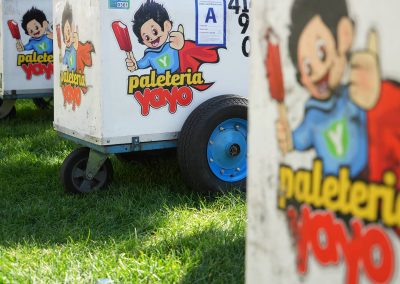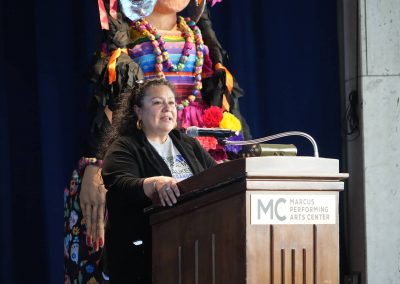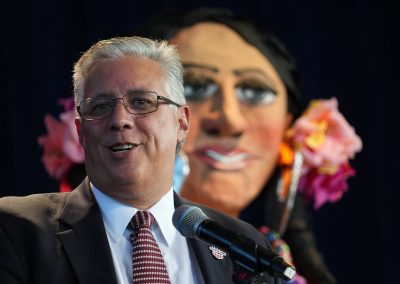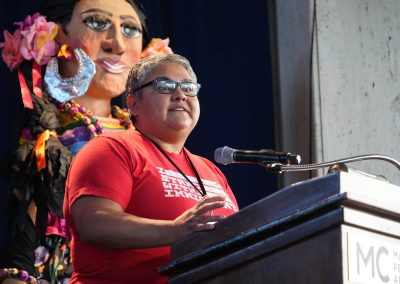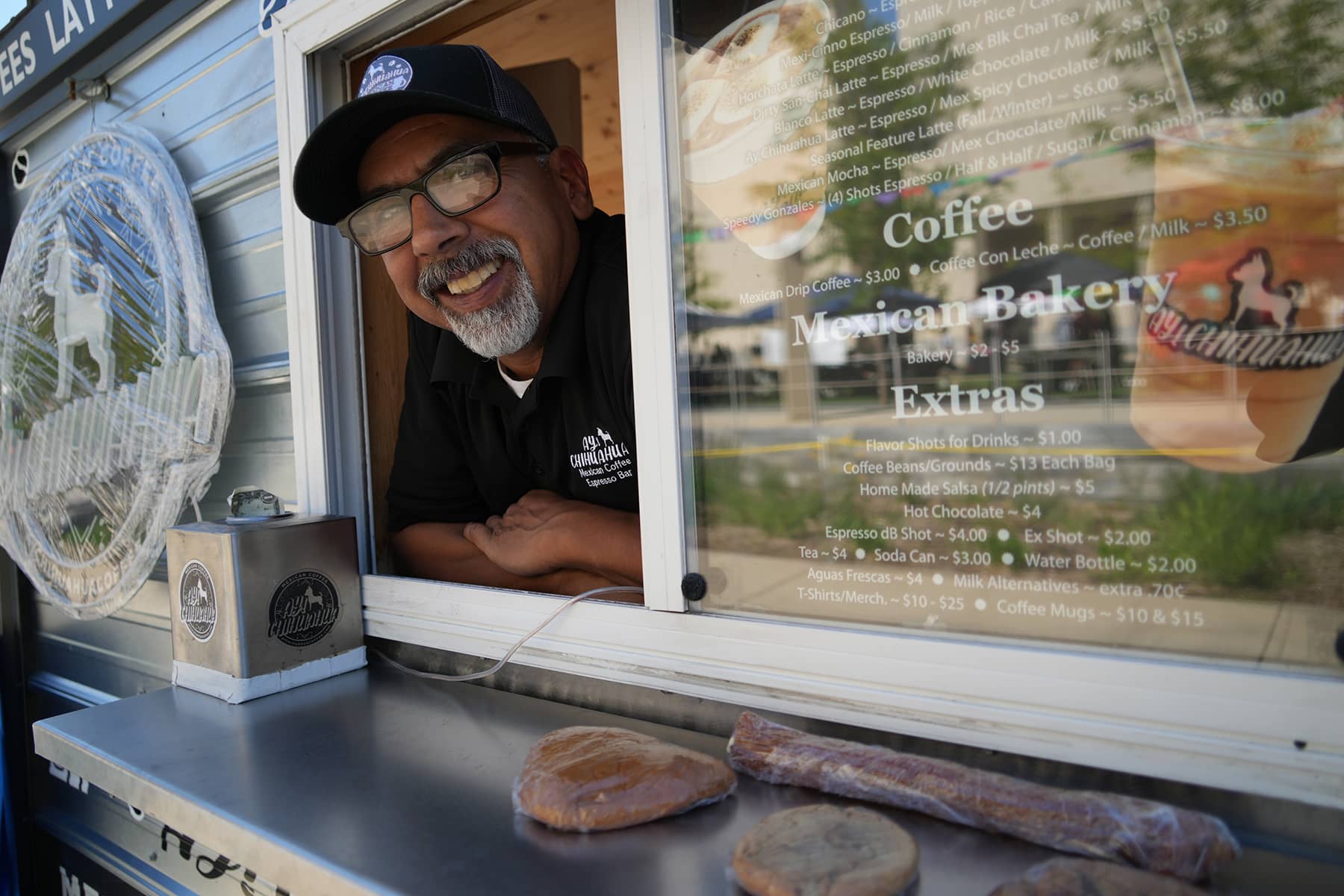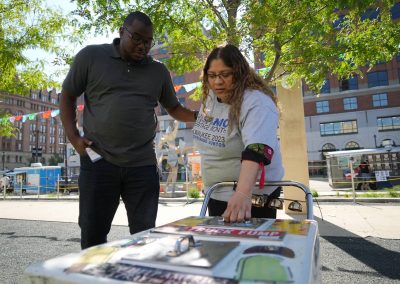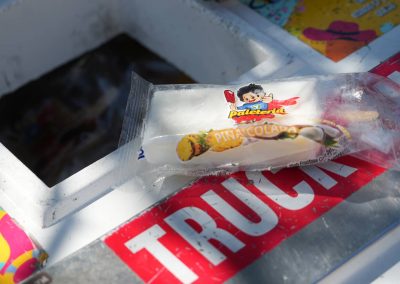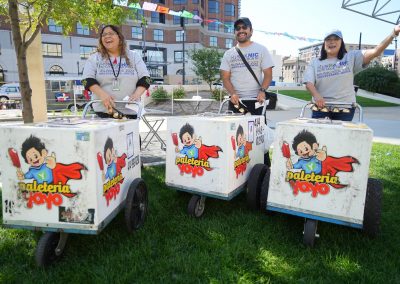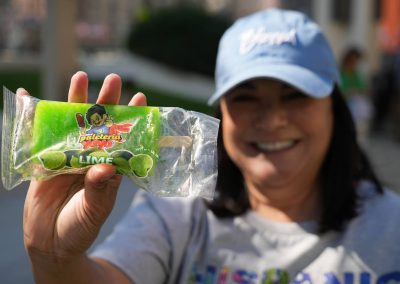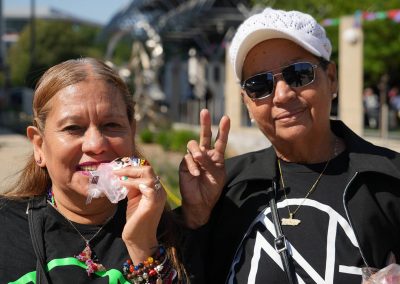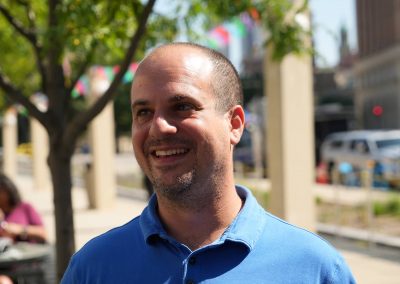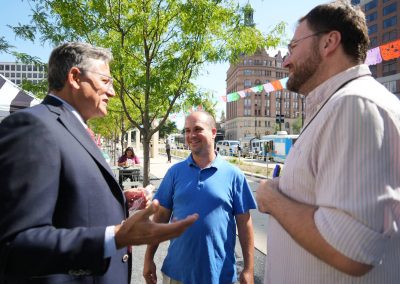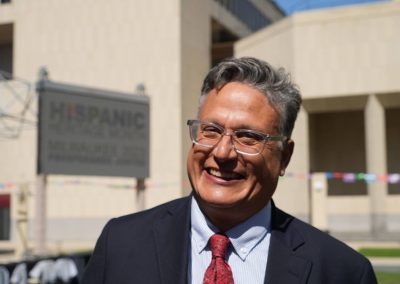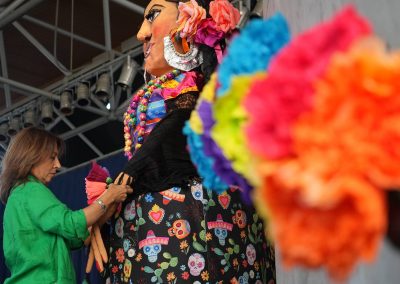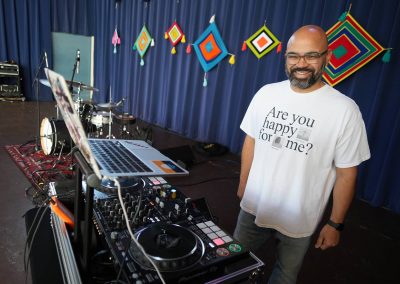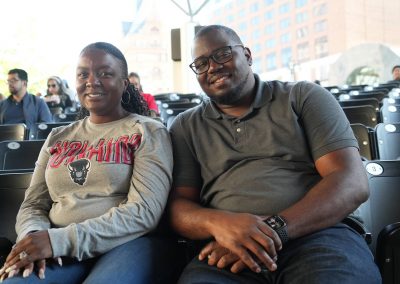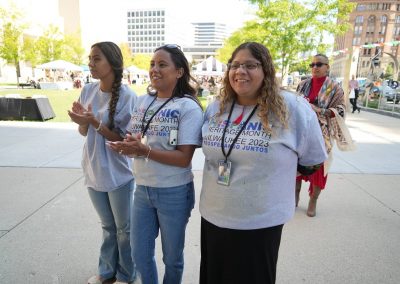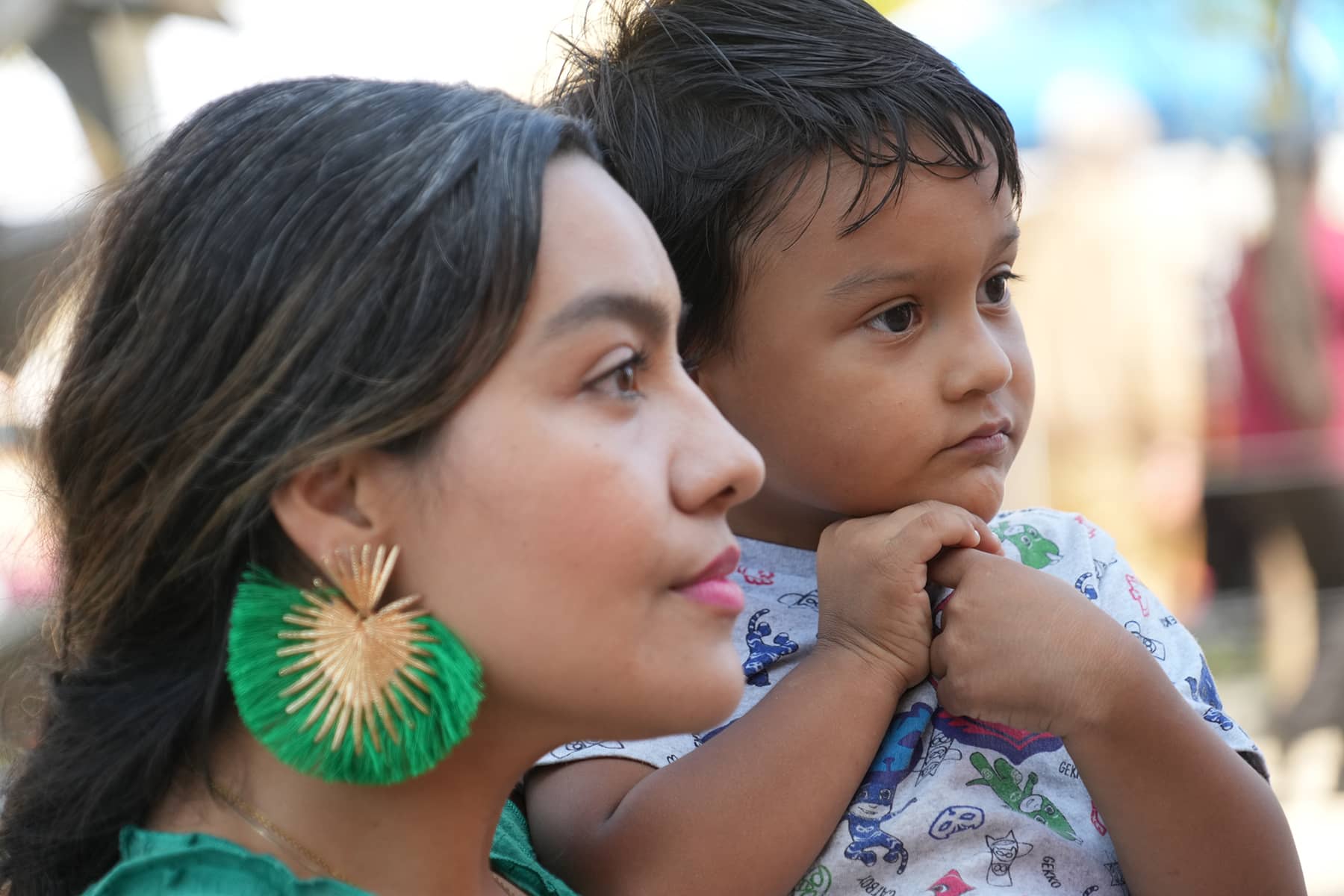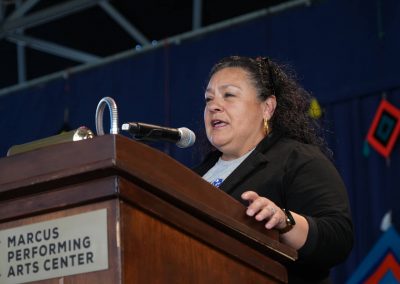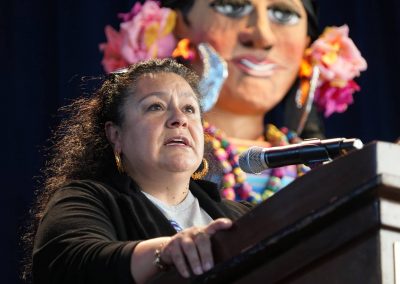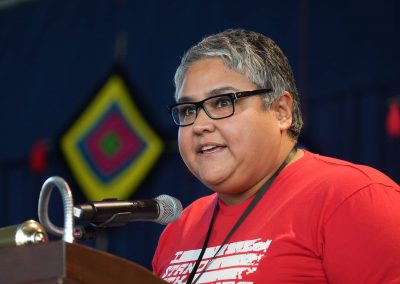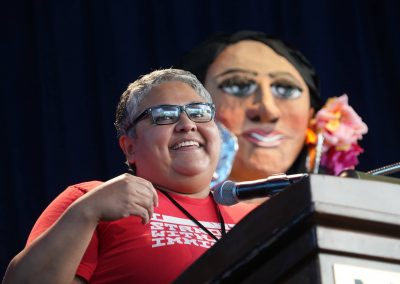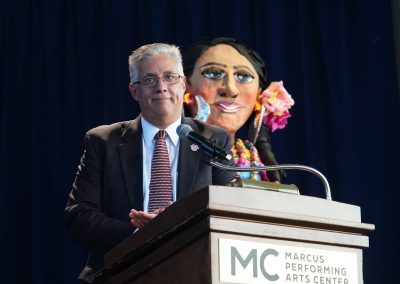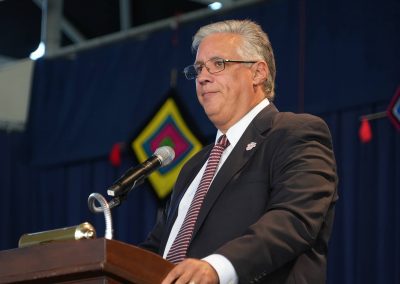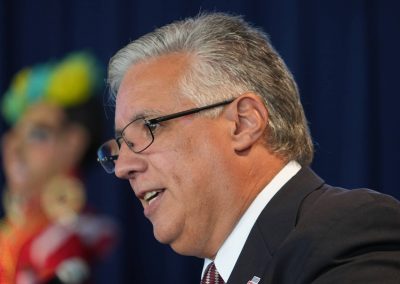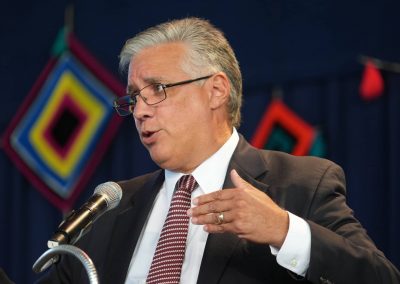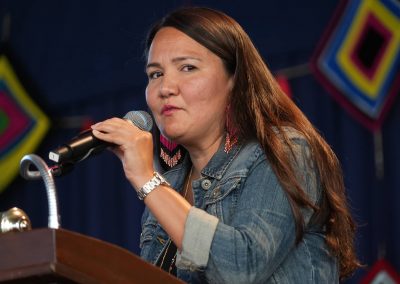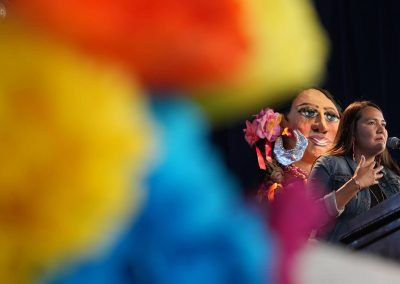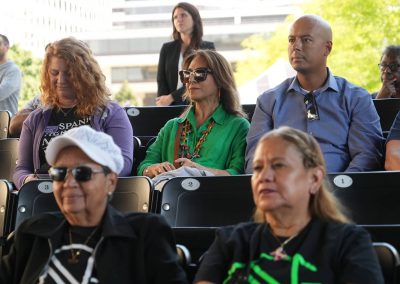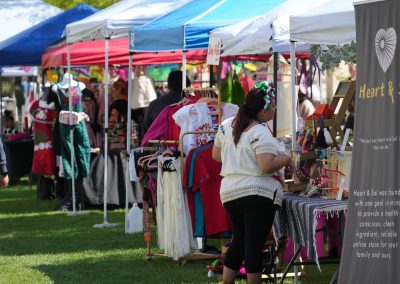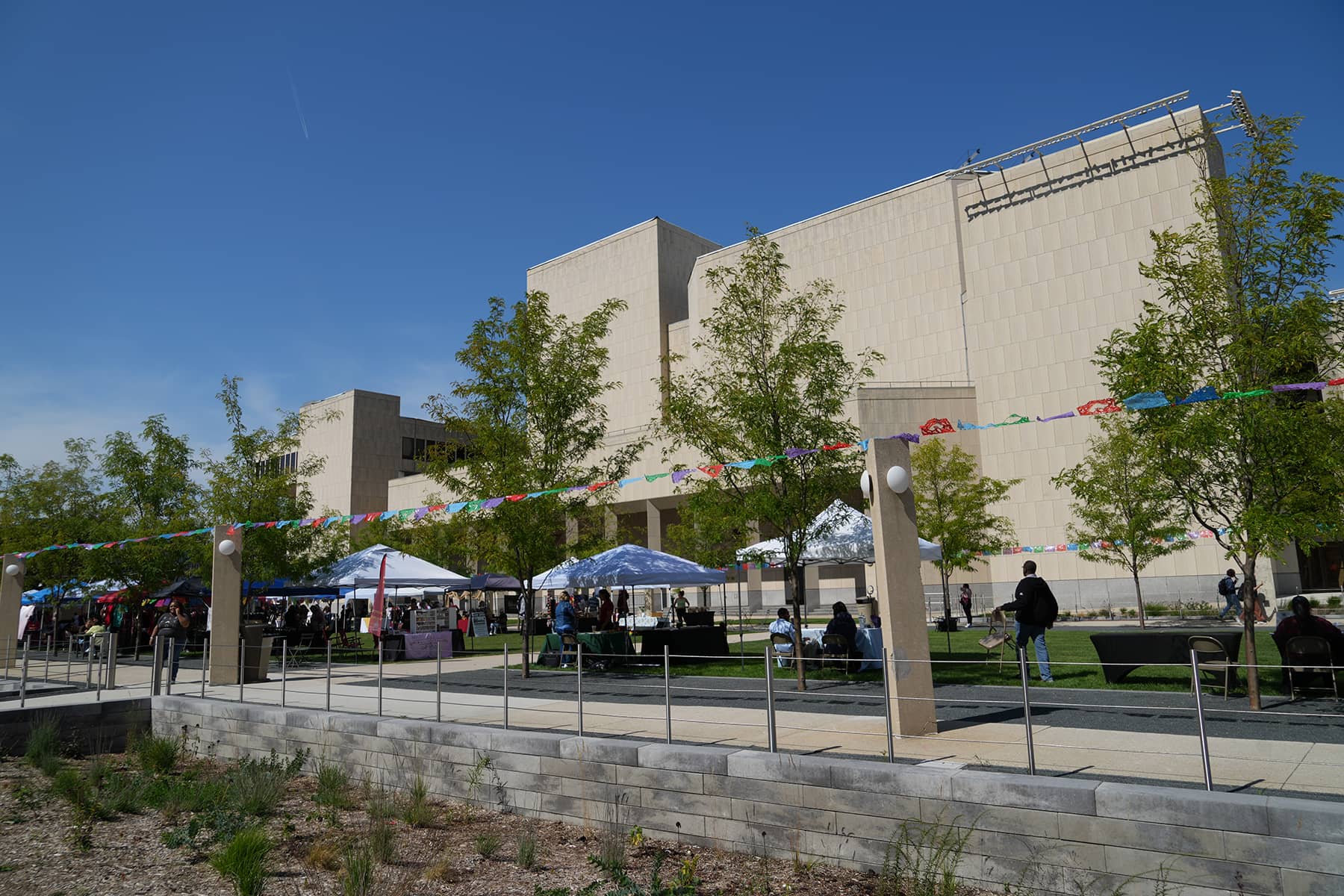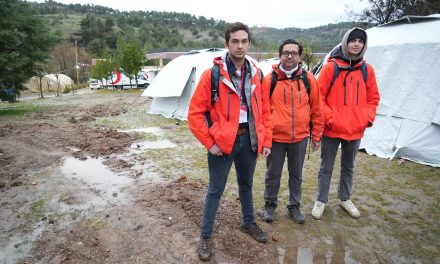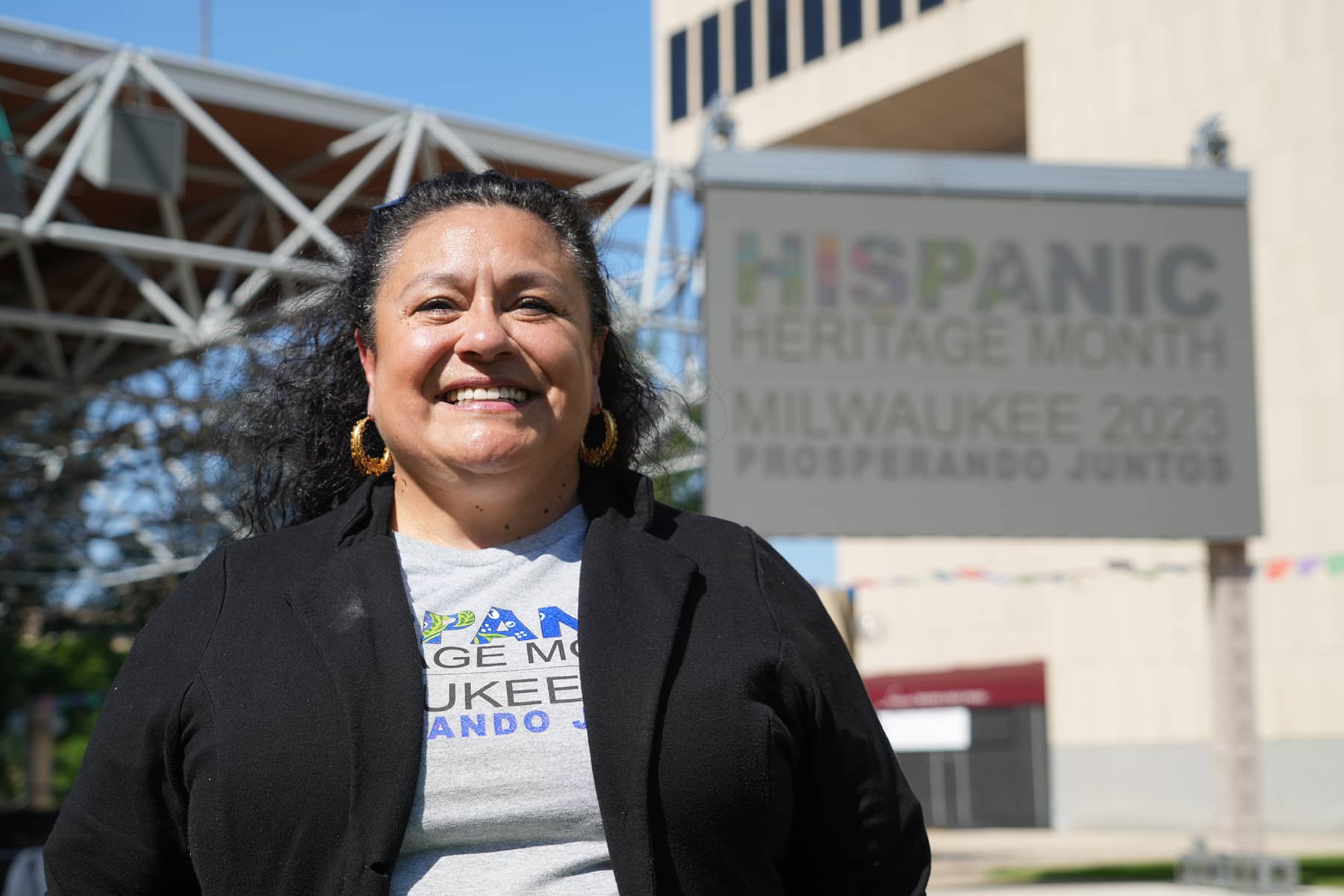
Milwaukee’s celebration of Hispanic Heritage Month 2023 kicked off on September 15 at the Marcus Performing Arts Center’s Peck Pavilion, featuring the diverse cultures, accomplishments, and vibrant history of the Latino community.
With this year’s theme of Prosperando Juntos – Prospering Together, the Milwaukee public can experience a series of citywide events until October 15. The annual celebration recognizes the contributions of Hispanic Americans, the fastest-growing racial or ethnic minority, according to the Census.
The four-week period is about honoring how Hispanic populations have shaped the nation’s past and present. The Hispanic presence in America spans centuries, predating Spain’s colonization of what is now part of the United States. The Hispanic community has been an integral part of American history since the Revolutionary War.
“Throughout the month, it is important to reflect on the invaluable contributions and collective strength of the Hispanic community in Milwaukee, as well as continue to advance towards a future where we can all prosper together,” said President Pérez.
Hispanics account for the fastest-growing portion of the national Gross Domestic Product, with a population of over 63 million people. The GDP of Hispanics was an estimated $2.8 trillion in 2020, compared with $2.1 trillion in 2015 and $1.7 trillion in 2010.
“To me, Hispanic Heritage Month is a time for celebration, for lifting up our community and to really show Milwaukee that we are here,” said Alderwoman JoCasta Zamarripa. “I often tell my community that we are the future of the great state of Wisconsin, and I’m honored to be a part of the fabric of the immigrant communities that have built our state.”
Alderwoman Zamarripa’s District 8 in Milwaukee is comprised of the near-south side, including the Walker’s Point Historic District, the Historic Mitchell Street neighborhood, and most of Lincoln Village. She made election history in 2020 as the first Latina and first openly LGBT member of the Milwaukee Common Council.
Before there was National Hispanic Heritage Month, there was Hispanic Heritage Week. It was created through legislation sponsored by Mexican-American Representative Edward R. Roybal of Los Angeles, and signed into law in 1968 by President Lyndon B. Johnson. The annual celebration was to be held the week that included September 15 and 16.
The weeklong commemoration was expanded to a month two decades later, with legislation signed into law by President Ronald Reagan. September 15 was chosen as the starting point, to coincide with the anniversary of the “Cry of Dolores,” or “Grito de Dolores,” issued in 1810 from a town in central Mexico that launched that country’s war for independence from Spain.
The Central American nations of Guatemala, Honduras, El Salvador, Nicaragua, and Costa Rica celebrate their independence on September 15, and Mexico marks its national day on September 16, the day after the cry for independence.
Also during National Hispanic Heritage Month, the South American nation of Chile observes its independence day on September 18. Indigenous Peoples’ Day, previously known as Columbus Day, is observed in the U.S. on the second Monday of October.
“We think it is fantastic that the city of Milwaukee recognizes this day, and helps celebrate it with us. So we are happy to help bring this event into a bigger public space and share Hispanic culture,” said Nancy Hernandez, president of Milwaukee’s Hispanic Collaborative.
Hernandez felt that there would be many opportunities for people to get closer, and to better understand Milwaukee’s Hispanic community.
“When we talk about celebrating Hispanic heritage in America, it is part of the bigger diversity umbrella. But there is diversity within the diversity,” added Hernandez. “We represent 39 different Hispanic countries. These unique cultures can be seen in their really different music, food, art, clothing. and other cultural touchstones.”
“Hispanic” was a term created by the federal government for people descended from Spanish-speaking cultures, but for some the label has a connotation of political conservatism and emphasizes a connection to Spain. It sometimes gets mistakenly interchanged with “Latino.” For some, Latino reflects their ties to Latin America.
Latino Americans are not a monolith. There are a number of identifiers for Latin Americans, depending largely on personal preference. Mexican Americans who grew up during the 1960s Civil Rights era may identify as Chicano. Others may go by their family’s nation of origin, such as Colombian American or Salvadoran American.
“Celebrating our heritage and our culture gives us an opportunity to reflect on what makes our community different, and the challenges we face. We are a strong community, we have a strong work ethic, and an entrepreneurial spirit that is etched in our DNA. Parents in our community are committed to doing whatever it takes to make sure their children live a better life,” said Darryl Morin, president of Forward Latino. “So Hispanic Heritage Month is an opportunity to share your family stories. Because it is really incumbent upon us to make sure our young people today realize the importance of passing on that legacy, passing on our heritage.”
The U.S. Postal Service has even put its own stamp on the occasion. The agency released new Forever stamps featuring piñatas at the beginning of September. The handmade party favorites are typically associated with parties where blindfolded guests try to crack one open to get to the candy inside. But their history can be traced to the 16th century.
“I hope this month helps more people see that we are their neighbors, and we are – in many cases – their families and their friends,” said Patricia Ruiz-Cantu, one of the event organizers.
- Milwaukee’s first Hispanic Heritage Month seeks to build bridges instead of walls
- Inaugural art contest celebrates César E. Chávez and his acceptance of all people and communities
- Photo Essay: Cesar Chavez Statue Unveiled
- César E. Chávez Day to celebrate past with plaza expansion
- Audio: Alderman Pérez remembers past struggles on César Chávez Day
- Photo Essay: Lessons from labor leader remain relevant today
- Hispanic leaders push for statewide holiday to honor César Chávez
Terry Tang and MI Staff
Lee Matz

